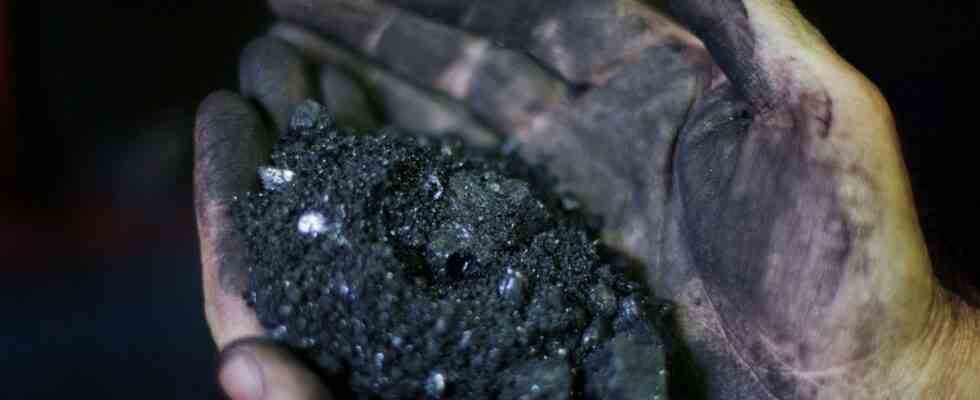It is one of the biggest blind spots in international climate policy: global warming is largely due to the burning of fossil fuels. However, the national climate targets of the states focus primarily on reducing the consumption of these substances and thus emissions. The supply side, on the other hand, i.e. how much oil, natural gas and coal is produced in the first place, is not an issue in the Paris climate agreement. In this way, states can announce more and more savings targets while at the same time happily issuing new production licenses.
A new database that documents oil fields, gas deposits and coal deposits worldwide shows how great this contradiction is. An evaluation of this data shows that if all known reserves of fossil fuels were mined and ultimately burned, that would release 3.5 trillion tons of CO₂. That’s more than mankind has put into the atmosphere since the beginning of industrialization and corresponds to about seven times the remaining greenhouse gas budget that must be met to limit global warming to around 1.5 degrees Celsius – as envisaged in the Paris Agreement.
Behind the “Global Registry of Fossil Fuels” The database mentioned is provided by the organizations Carbon Tracker Initiative and Global Energy Monitor, which have compiled production volumes and estimated reserves from 50,000 fossil deposits worldwide. The register thus covers around 75 percent of global production. Reserves are deposits of raw materials that have already been geologically proven and that can be extracted economically and technically.
The extraction of fossil raw materials would have to be massively reduced
In order to go beyond the global climate goals, it would therefore be sufficient to fully exploit and burn only the known reserves of the USA or Russia. Those of the United States have the potential to release 577 billion tons of carbon dioxide, while Russia’s reserves are just under 500 billion tons. However, this does not mean that all of these reserves are actually mined. For example, most of US reserves are in coal. At the current rate, it would take hundreds of years for these coal deposits to be mined. Mining projects in the USA are currently only planned with a volume of 27 billion tons.
All in all, the production of fossil raw materials would still have to be massively reduced. In order to achieve the global climate goals, it would be according to an analysis by the International Energy Agency (IEA) need to halve emissions by the end of this decade and get them to zero by about 2050.
For the world to go down this path of carbon neutrality, Saudi Arabia, for example, would have to keep 70 percent of its proven oil and gas reserves underground. The “Ghawar” oil field in Saudi Arabia alone, the largest known deposit in the world, is currently the starting point for around 500 million tons of CO₂ per year, more than Brazil emits. Canada would even have to give up 80 percent of its reserves. The country’s oil reserves are mainly tied up in tar sands, whose climate balance is particularly devastating.
So far, however, very few countries want to do without the granting of new production licenses. States such as France, Spain, New Zealand and Denmark, which have announced targets for phasing out fossil fuels, are the exception internationally. The construction of the infrastructure for the exploitation of fossil raw materials only increases dependence on them.

